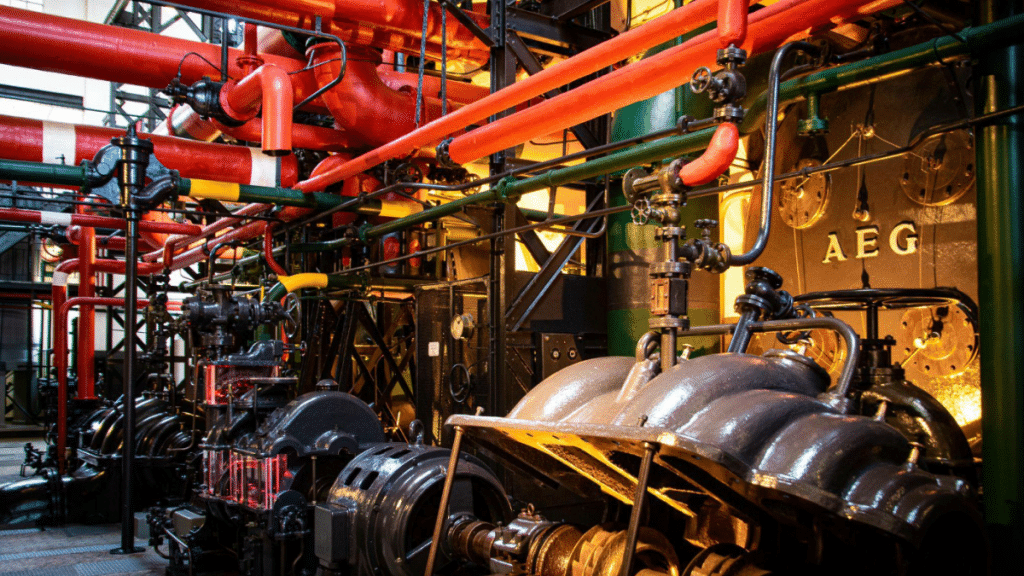Guide rails, though often overlooked, are fundamental components in various industrial and domestic applications. Their primary purpose is to guide and support moving parts, ensuring smooth, linear motion.
But what exactly are guide rails, and in what situations are they indispensable?
This article delves into the functionality of guide rails, their types, and the scenarios in which they are crucial.
Understanding the guide rail system
Guide rails, also known as linear guides, are mechanical elements designed to ensure smooth, precise and controlled linear movement of objects. They generally consist of two main components: the rail itself and a sliding carriage that moves along the rail. The carriage is often fitted with bearings or other friction-reducing elements to facilitate movement.
The main features of Guide Rails
1. Precision: Guide Rails offer high precision in motion guidance. This is particularly important in applications where even slight deviations can cause major problems, such as in CNC machines or medical devices.
2. Load-bearing capacity: Depending on their design and the materials used, guide rails can withstand heavy loads, making them suitable for heavy-duty industrial applications.
3. Durability: Made from robust materials such as steel or aluminum, guide rails are designed to withstand harsh environments and continuous use.
4. Smooth operation: The incorporation of bearings and other friction-reducing elements ensures smooth, even movement along the rail.
Guide rail types
Guide rails come in various forms, each adapted to specific applications:
- Linear guideways: This is the most common type, widely used in machines and automation systems. They offer high precision and support heavy loads.
- Profiled rails: They offer greater rigidity and precision thanks to their specific cross-section. They are used in applications requiring high precision and high load-bearing capacity.
- Round rails: Easier to install and often more economical, round rails are suitable for applications where precision is not as important.
- Telescopic rails: designed to extend and retract, offering a compact solution for applications such as drawers, sliding doors and extendable shelving.
When to use Guide Rails ?
Industrial Automation
In industrial settings, guide rails are crucial for automation processes. They are used in robotic arms, CNC machines, and automated assembly lines to ensure precise and reliable movement. The accuracy and load-bearing capabilities of guide rails enhance the efficiency and productivity of these systems.
Medical Equipment
Guide rails play a significant role in medical devices, where precision and reliability are paramount. For instance, in imaging equipment like MRI and CT scanners, guide rails ensure the smooth and accurate movement of components, contributing to the high-quality imaging required for diagnosis.
Transportation and Logistics
In logistics, guide rails are employed in conveyor systems to direct and support the movement of goods. They help maintain the stability and orientation of items as they move along the conveyor, reducing the risk of damage and improving the efficiency of the sorting and distribution processes.
Furniture and Interior Design
In more everyday applications, guide rails are found in furniture and interior design elements. Telescopic rails, for example, are commonly used in drawers, sliding doors, and extendable shelves. They provide ease of use and maximize space utilization in homes and offices.
Aerospace and Defense
Guide rails are also used in aerospace and defense industries, where they contribute to the precise movement of components in aircraft and military equipment. Their ability to withstand harsh conditions and maintain accuracy under stress makes them suitable for these demanding applications.
Selecting the Right Guide Rail
Choosing the appropriate guide rail involves considering several factors :
1. Load Requirements : The weight that the rail needs to support will dictate the type and size of the rail.
2. Precision Needs : Applications requiring high accuracy will benefit from profile or linear guide rails.
3. Environmental Conditions : Consider the operating environment, including temperature, humidity, and exposure to chemicals or dust.
4. Installation Space : The available space for installation will influence the choice of rail type and size.
Conclusion
Guide rails are indispensable in many fields, from industrial automation to everyday furniture. They ensure precision, reliability, and smooth operation in various applications, making them a critical component in modern engineering and design. Understanding their functionality and knowing when to use them can significantly enhance the performance and efficiency of systems and devices across different industries. Whether you’re working on a complex industrial project or simply installing a new drawer in your kitchen, selecting the right guide rail can make all the difference.

